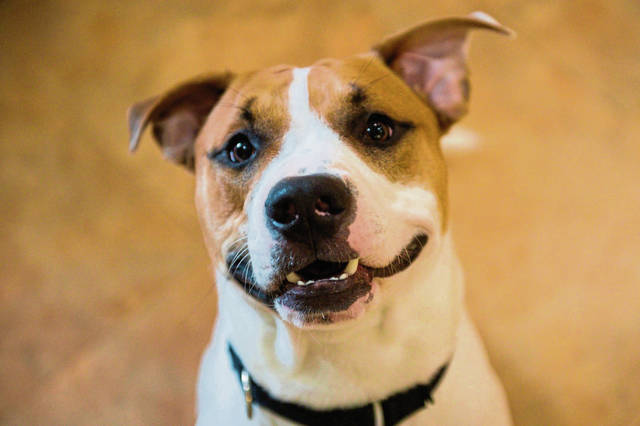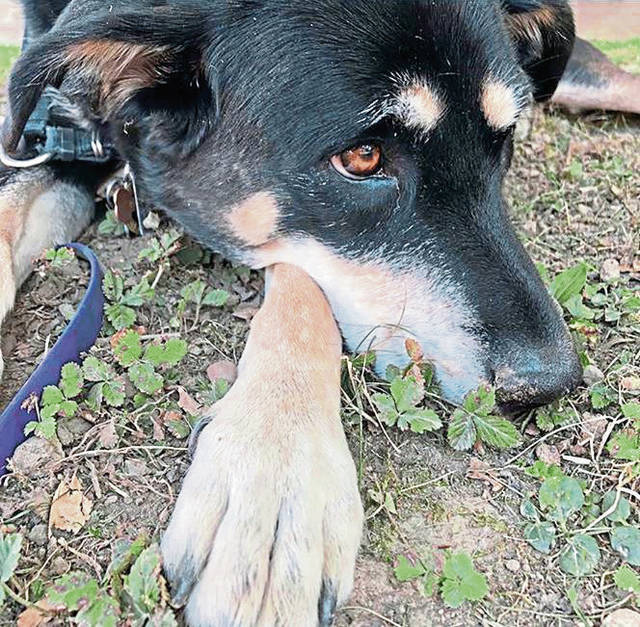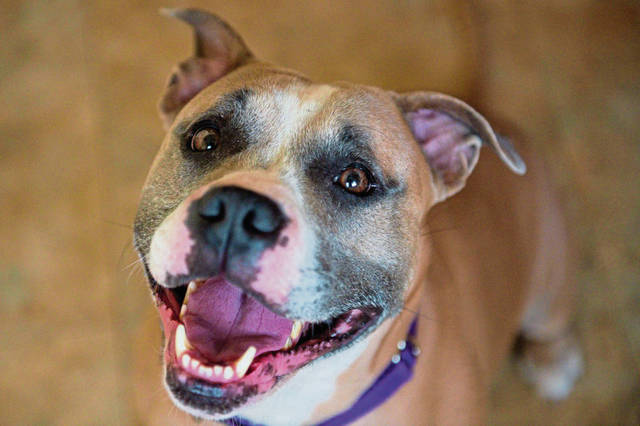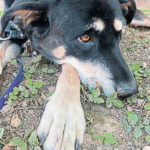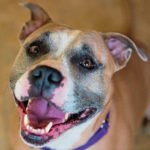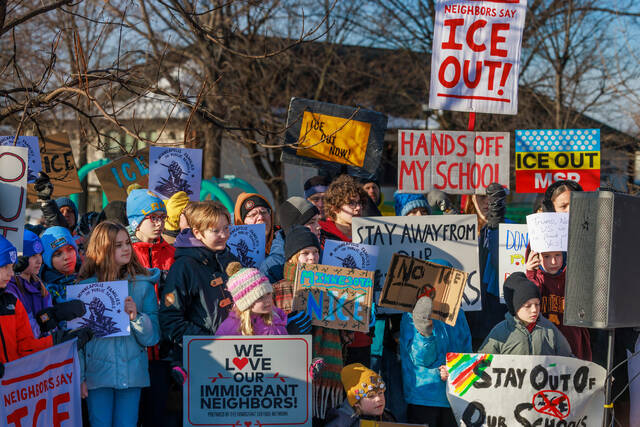If you think it’s adorable when a dog raises its eyebrows and makes sad-looking eyes, you are not alone.
Apparently, evolution is to thank for that heart-melting expression that can result in extra treats or cuddles.
A group of researchers, including a Duquesne University professor, have determined that while dogs have a specific muscle that allows them to raise their inner eyebrow, wolves do not.
“I was shocked,” said Anne Burrows, Duquesne anatomy professor and co-author of the study. “I didn’t think there would be any differences because they’re so closely related.”
The researchers examined dogs’ facial muscles while studying the species’ evolution in conjunction with human evolution. In their findings published this week in the Proceedings of the National Academy of Sciences, the group concluded that, while domesticating dogs, humans may have gravitated toward canines that had that type of eyebrow movement.
That small muscle movement — dubbed AU101: inner eyebrow raise — allowed for communication through facial expressions with humans, the group said. It could have been seen as an indicator that the animal was friendly, not threatening or may have invoked an emotional response in humans, Burrows said.
Kind of the same way it does now.
Candy Valentino said dogs at her Youngwood animal shelter with expressive faces seem to get more attention from prospective adopters.
“Sadly, the dogs that don’t have those types of expressions tend to get missed or they’re with us longer,” she said.
Even photos Animal Friends of Westmoreland posts on their social media channels that feature dogs with expressive faces — from a big smile to “puppy dog eyes” — tend to get more response, she said.
“It increases the possibility of a dog being adopted,” Valentino said.
In addition to comparing the facial musculature between dogs and wolves, the researchers observed and videotaped the reactions of both species to humans for about two minutes each. Shelter dogs had significantly more inner eyebrow movements of a higher intensity than the wolves at wolf parks, the group found.
The eyebrow movement produces an appearance of larger eyes in dogs, which researchers compared to an “infant-like appearance” or the expression a person has when they are sad. Both can prompt a “caregiving response” from humans, according to the study.
In the case of Burrows’ mixed-breed dog, Ruby, that face often means more treats.
The findings could fuel future research with specific dog breeds or other types of animals, including cats, horses and foxes, according to researchers.


